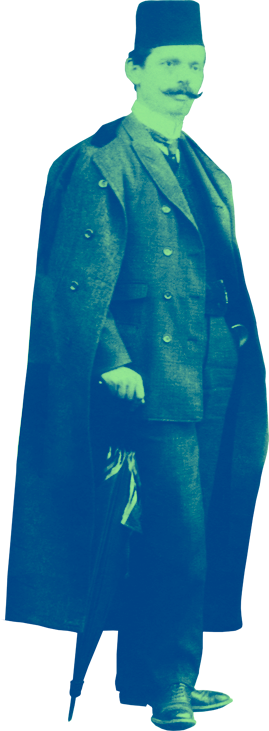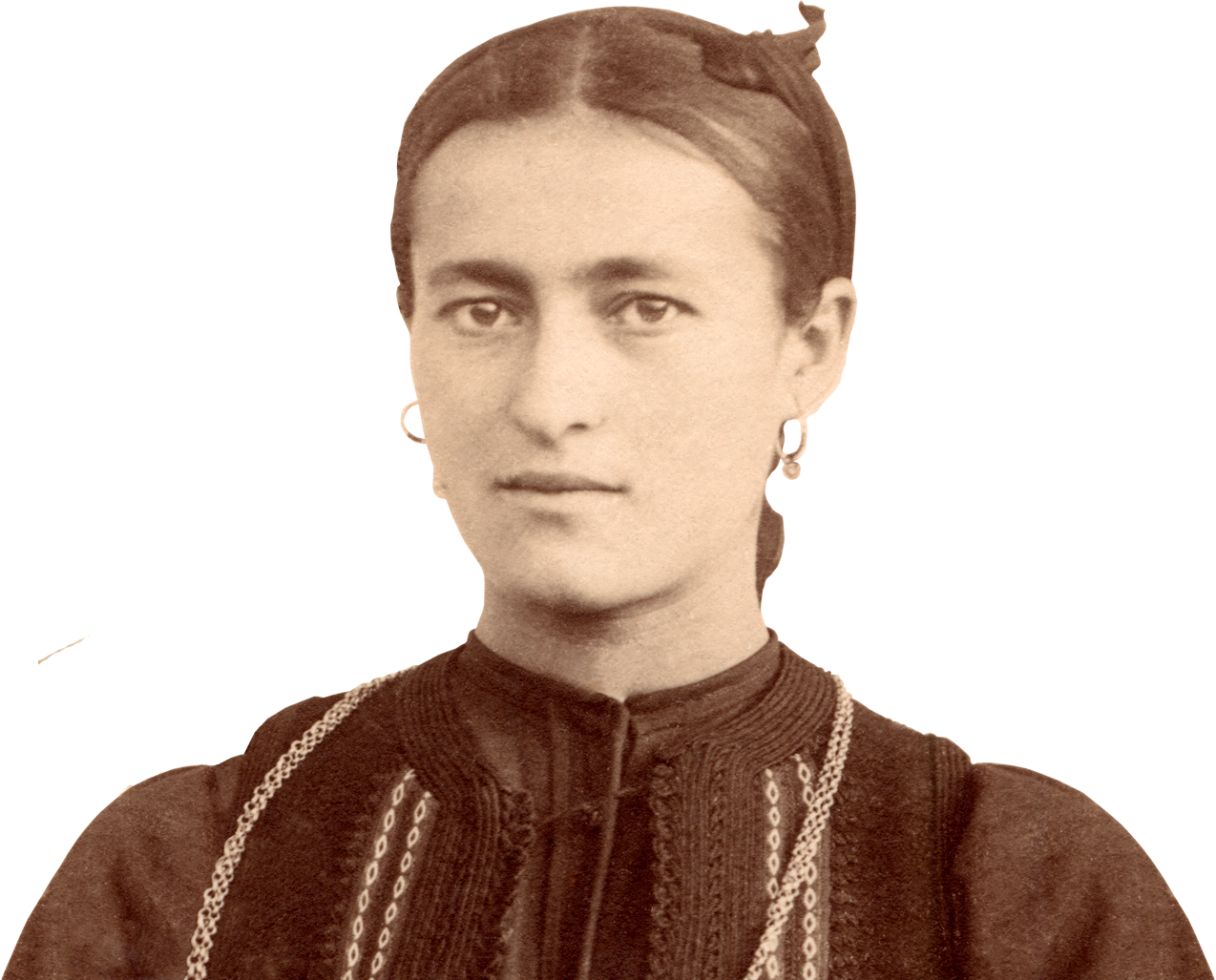What does the world look like viewed from the tendă?
It’s noisy, crowded, motley, constantly bustling, it has winding paths,
but also steep ascents up into the mountains and the raw, pure air. It’s a
story about conviviality among communities with different languages, faiths,
customs, each of which talks about their own identities. The traditions and
norms of each are the armature of the present and an opportunity to present
themselves as unique, picturesque and defining for the territories in which
they cohabit. Oriental smells and flavours in tandem with the tastes of traditional
Aromanian (Vlach), Bulgarian and Macedonian breads. The stories of the Aromanians
speak, almost identically, as a confession of a past world, whose beauties, as well
as whose wounds and yearnings, are felt even today. Their villages, their mountains,
their sheep, their desired churches and undesired wars, which altered their destinies,
friendly nature, God the protector, and adoptive homelands are often to be found in their confessions.
The love of community, family and country that it devotedly represents
everywhere in the Balkans makes them conservative and hard to change. In
their eyes glitters the feeling of pride in belonging to an archaic culture
that they regard as radiant, rooted in the south-eastern Romance world and
in trades and occupations learned with skill and tenacity. The simplicity of
the materials employed, as well as a materiality that lends weight and content.
And when you least expect it, the rhythms, accessories and decorative style of the
costumes become elements of a refined, composite aesthetic, ranging from the peasant
ornamentation specific to the Balkans to the oriental refinement from which they have
borrowed so much. Each costume has its own story. The layers of the bride’s costume
are as many worlds as the worlds of the trade caravans.
Whether they speak of flocks of sheep and lost fortunes, of abandoned
houses and shops, of the traumas of ancestors, some of them slain, exiled
from their towns and villages, colonised or departing to make their fortune
in the distant Americas, whether they speak of abandoned trades and the new
life in which they have had to start all over again, more often than not in
different worlds, the stories of the Aromanians that we have encountered give
shape to an attitude of strength in endurance, of determination, of protective
care for the family, of adaptation, of reconciliation with fate, and of finding a
means to cohabit and represent themselves wherever history has thrust them. Only
now are we able to begin the story.
The World Cu Tenda, as well as everything it has collected and carried with
it on its caravan as it roamed the Balkans of today, coalesces like the
reflection in a mirror, bringing together our material and symbolic journey
through memory and the poetics of the image.
The musicians of multumult accompanied our caravan, with their acoustic
improvisations and specially conceived video projections on each leg of
the Balkan journey.
Director Andra Chiriac and museum curator, artist and musician Sașa Liviu
Stoianovici lent visual and acoustic shape to our symbolic journey with a
documentary film and video installation.
The actors, witness and messengers of the journey—the objects of the Museum
of the Romanian Peasant and the collection of Daniel Nancu—living instruments,
good to touch, smell, draw, study, photograph, without which our journey would not have been possible.
Lila Passima
Cu Tenda. Stories with Aromanians is part of the “CU TENDA”—STORIES, IMAGES AND SOUNDS ON THE MOVE [Living memory of South-Eastern Europe], a project co-funded via the CREATIVE EUROPE programme’s CULTURE sub-programme. Organiser: The National Museum of the Romanian Peasant, Cu Tenda co-ordinator / Curator: Lila Passima | Assistant curator: Cosmin Manolache | Project assistant: Georgiana Vlahbei | Promotion/P.R.: Valentina Bâcu, Iuliana Bălan | Project evaluator: Raluca Minoiu








